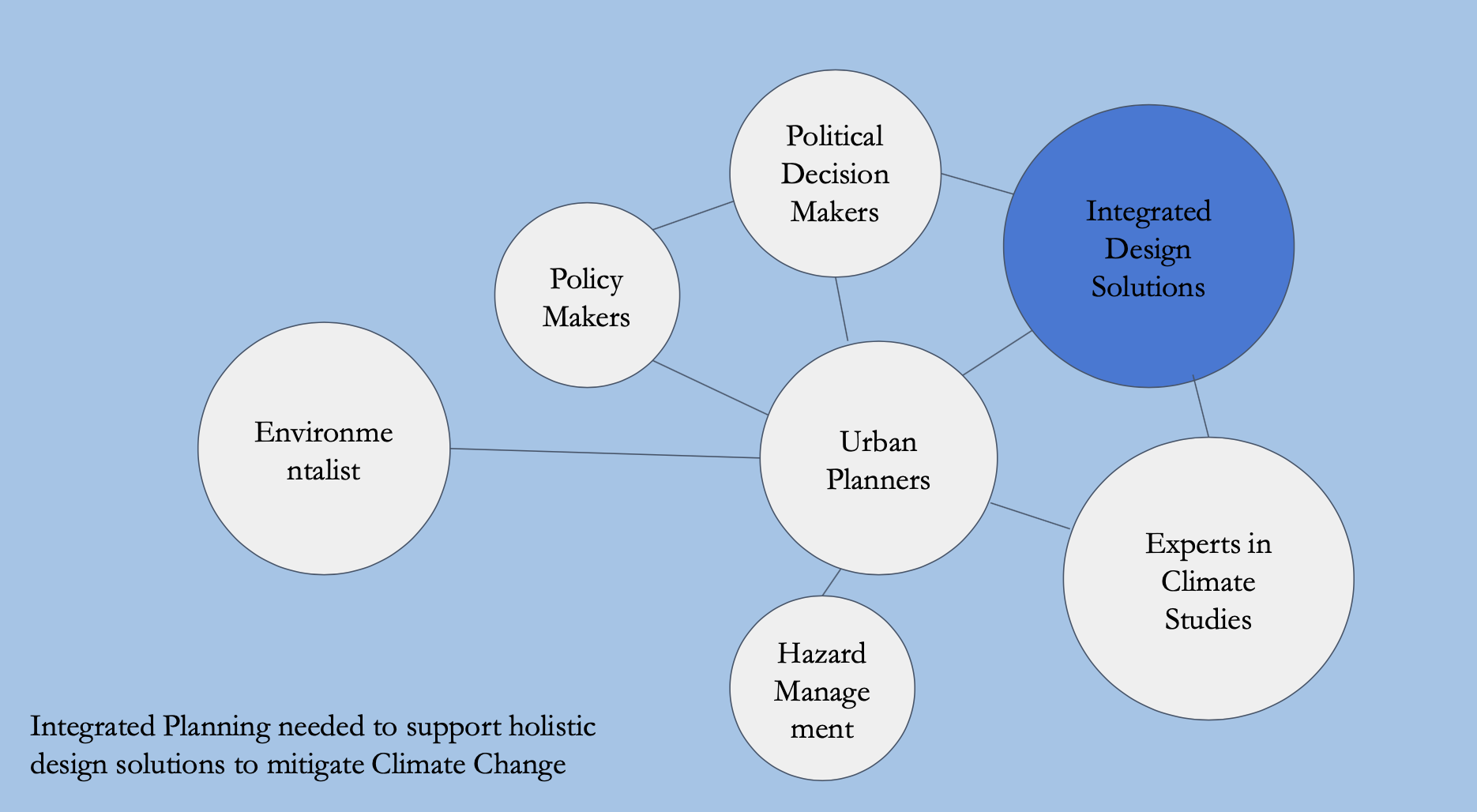|
Environmental impact on development of the City of Mumbai in its future |
||||
|
As predicted by the UN, a population explosion is expected in Asia, with a rise in the world population to 9.7 billion by 2050 and reaching a peak of 11 billion by 2100. Given these predictions, cities with already large densities like Tokyo and Mumbai will face major issues when planning visionary expansions of the city to accommodate larger densities of people without losing a space’s quality and interaction. The key lies in learning from the precedents set by the dense cities that have achieved this in the past. Beyond the population explosion, issues like rising sea level around the globe are creating a major and urgent need to prepare design and engineering solutions that can help these cities survive this change in predicted water levels. In Mumbai, where the land is surrounded by sea on 3 sides, the situation becomes urgent pretty quickly. |
||||
|
Expanding impact of datasets |
||||
|
To provide actionable science information for planning and adaptation activities related to rising seas in areas like Mumbai, NASA has created an interdisciplinary science team called the NASA Sea Level Change Team (N-SLCT). The goals of this team are to: 1) improve the understanding of regional relative sea level, and 2) translate this understanding and associated products into a form that is useful for planners. There will be several datasets and products used in this study, many of which cover small spatial scales that will benefit the assessment of the threat of sea-level rise along the coasts of Mumbai. High-resolution projections of regional relative sea level generated through a team-wide N-SLCT effort will be incorporated in the analysis. This study will culminate the various data sets to give relatively accurate information that allows combined simulation and impact analysis on Mumbai’s waterfront |
||||
|
Structure of the project (credit: DHARMA) |
||||
|
Investigating Resilient Cities of the Future |
||||
|
The University of Notre Dame has created Development and Advancement of Resilient Cities Alliance, DVARCA, and will work on tackling issues related to climate change, including sea level rise as seen in Mumbai where planning tools like assessing onsite responses to transformations throughout the year will be recorded and included with studies done by CIRES, University of Colorado and NASA to create a comprehensive urban planning on a regional scale for the site. This will then be taken down to the level of individualized solutions on site with impact on the ground and local interventions for it. Long term goals of the projects include: 1. Find immediate ways to support reduction in emissions this includes environmentally friendly building materials and transportation.
|
||||
|
|
||||

 Objectives
Objectives 

 Structure of Integrated Planning to mitigate Climate Change (credit: Krusche 2021)
Structure of Integrated Planning to mitigate Climate Change (credit: Krusche 2021)